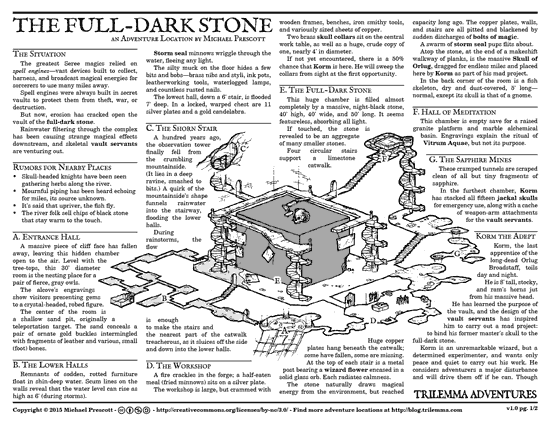This is what you can see:
 |
| Aaaany second now.. |
I've experienced this many times (especially in large-scale outdoor paintball), and I find it so engrossing - yet I have never experienced this in a role-playing game.
What brought this to mind was an Arma video posted by John Harper.
It seems to arise from the fact that Arma missions aren't scripted (as is the case with single-player missions) - I'm on the look out for something that might or might not happen, a state of meaningful, heightened awareness. If I pay attention, it matters, because I might run into massive opposition. Or nothing might happen. A visceral suspense.
Grateful for Nothing
I had the same feeling many years ago during a long ammo supply run on a Battletech MUSE (think Zork as an MMO, with mechs). I was driving a truck out to an factory on the periphery of my faction's turf to pick up some badly needed replacement armor. My lone escort? A 3025 Catapult: not much if we ran into any real opposition.
I was glued to my scanner the whole time, and despite the fact that we never ran into anything at all, it still scores highly in my memory.
I never experience this in table-top role-playing games, I assume because there's no way to be vigilant.
Players have to ask the GM to see anything, and they're told faithfully what they see, at least to the limit of their perception. Obscurity doesn't feel like a veil you can pierce with effort, like it does in real life (staring into the twilight to make out if that log is really a log or a sniper). You can emulate this, but it's more like the GM is stringing you along. "I look." "It looks like a log, but it's hard to tell." "Okay, I look really hard."
I'm working on a hack that has a vigilance mechanic, but it doesn't produce this experience. If anything, the opposite, by pushing the decision to be vigilant up to a strategic level, instead of feeling like it's something you're applying effort to on a moment-by-moment basis.
Tell me your thoughts! Have you ever felt this way at the table?






